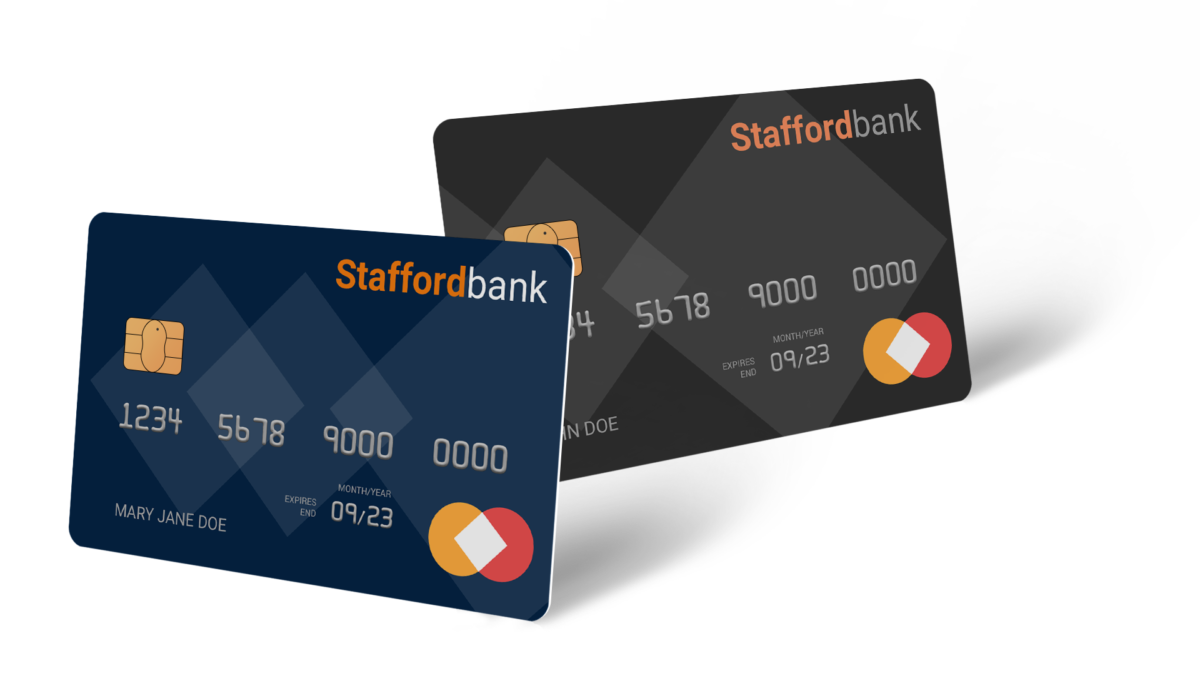Have you ever pulled up to a gas station and see two prices for gas, one for card users and one for cash? I’m sure you have. Gas stations have been using cash discounting for almost ten years now. Finally, store owners and other types of merchants are catching on.
Cash Discounting is becoming more popular with business owners as they discover the benefits of passing credit card processing fees to customers who prefer the convenience of using their credit cards. They’re finding they keep more of their hard-earned money and are able to use reverse cash discounting to grow their businesses.
In addition, surveys have shown, merchants find the loss of some customers negligible. In fact, those surveys report that 99.2% of people asked didn’t mind at all. They understand the cost of using credit cards and accept that small cost for the convenience.
How do I create a cash discount program for my business?
Many naysayers will tell you the process is too complicated. They’re wrong.
The process is easy and, thanks to the Durbin Amendment to the 2010 Dodd-Frank Law, the guidelines are clear. You can read the full bill and amendments if you’d like but be warned, you should be in a place with a soft, pillow lined table or desk – you will fall asleep and fall face-first in a legalese daze.
That’s why you have a professional merchant services provider like 610 Merchant Services. We’re here to protect your beautiful profile and protect you from making costly mistakes with Uncle Sam.
There are a lot of details about posting prices, pricing regulations, and rules about profiting from this sort of program that your credit card processing representative can walk you through. Some of those rules are:
- Posting cash discount signage at the entrance to your establishment and at the point of sale at the counter
- Clearly representing the cash discount on your receipts (really bad photoshopped example below)
- Ensuring your staff is alerting customers of the program verbally
- Here’s the big kahuna – YOU CAN NOT PROFIT FROM CREDIT CARD FEES. ALL FEES MUST BE PASSED TO THE CREDIT CARD COMPANIES.

What it comes down to is you shouldn’t try to do this on your own. While the rules and regulations are pretty clear, it’s always best to have a professional merchant services company like 610 Merchant Services work with you.
Can’t I just add a surcharge?
No.
A surcharge is very different than a Cash Discount. A surcharge, which is legal in only ten states, is generally a fee that is added to the price of your product or service and is usually added to an existing tax. For instance, my mobile phone bill has 5 surcharges listed one of them being a State Telecommunications Excise Surcharge (yeah… I’m paying $0.16 for that per phone line!).
A Cash Discount is the elimination of a fee at check out.
Very different.
How do I apply the Cash Discount automatically?
Great question… You should have an up to date POS (Point Of Sale) System or, if you don’t have a POS System, your merchant services provider can have the discount programmed into your card payment machine on your counter.
What are the benefits of a Cash Discounting program?
There are lots of benefits to the merchant as well as the customer. The customer saves money on their purchases and avoids costly interest rates on their credit cards. The merchant avoids paying the processing fee and can reinvest into his or her company, purchase more stock for the shelves or even hire new employees. It’s a win win for everyone except the billion dollar credit card companies.
You’ve convinced me… How do I start?
Simple. Call your merchant services provider. The program should be available through them. Or you can give us a call at (540) 446-0826. We’d be glad to help!
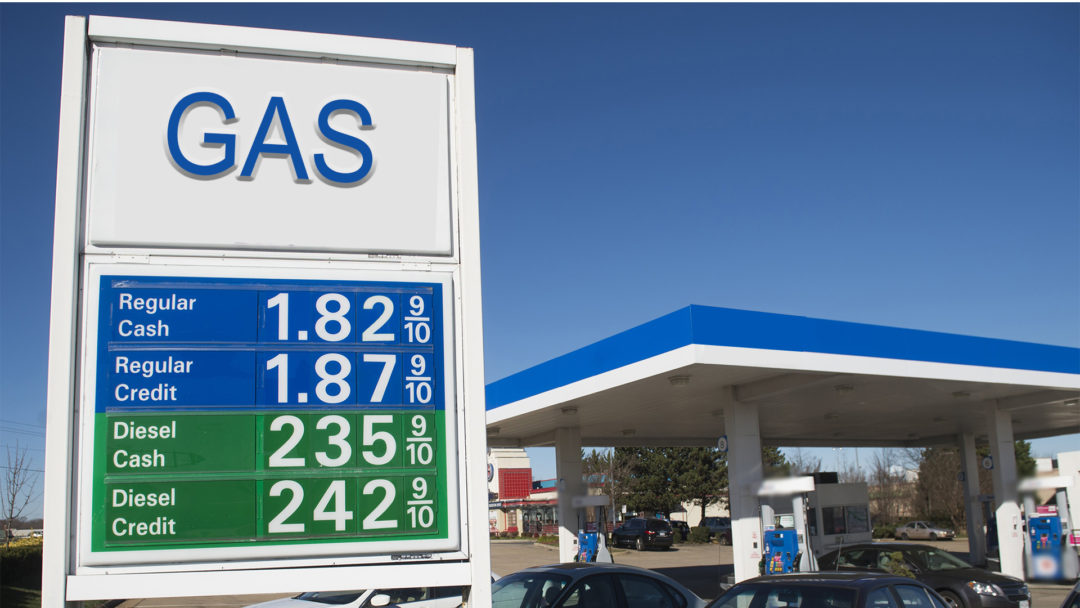
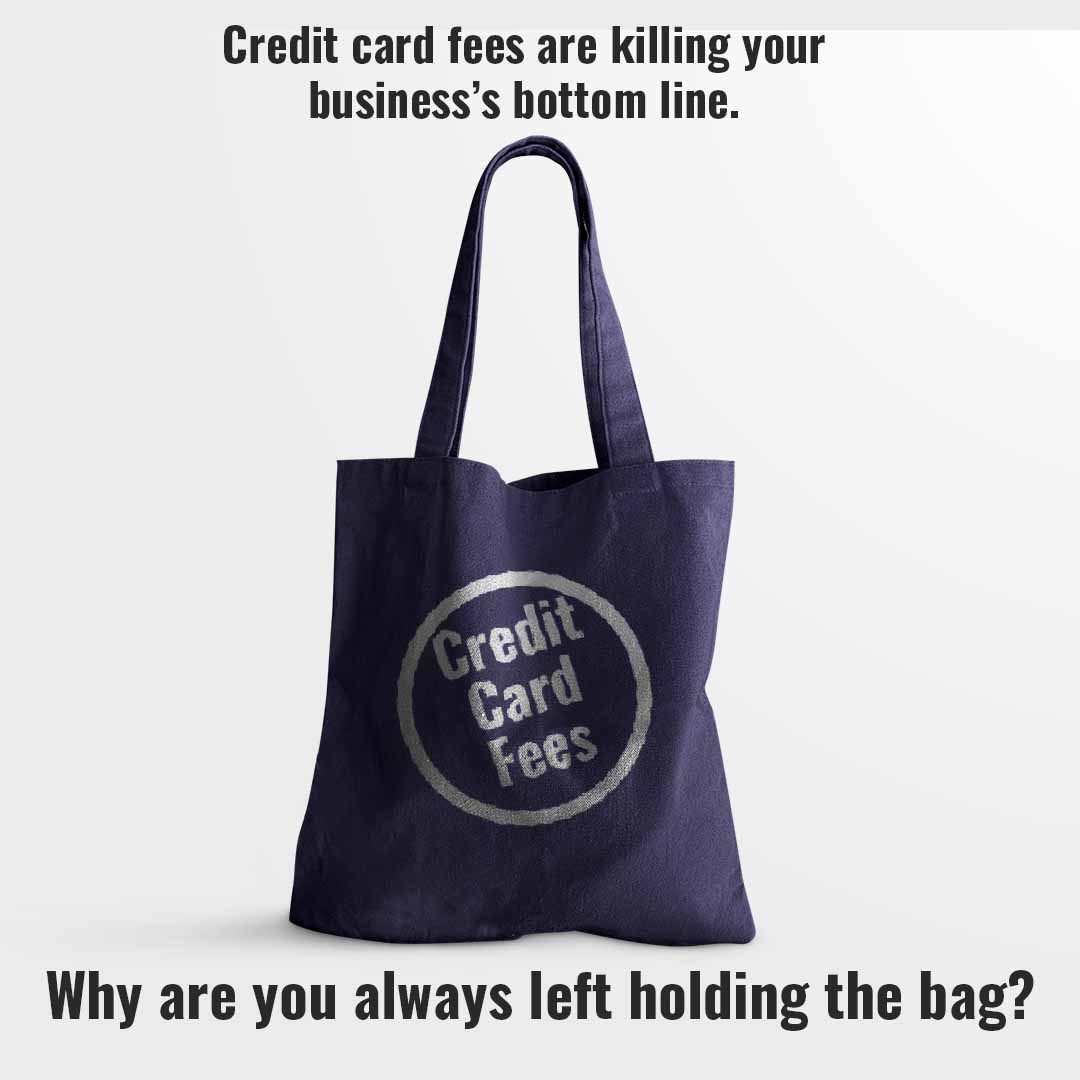

 Now the owner of the antique store has to save at least 4% of that purchase in his bank account because he knows that come the end of the month the credit card processing provider is going to take out their share of the sale. Yep. The credit card processor gets up to 4% or 4 bucks for doing nothing. Quite a racket huh?
Now the owner of the antique store has to save at least 4% of that purchase in his bank account because he knows that come the end of the month the credit card processing provider is going to take out their share of the sale. Yep. The credit card processor gets up to 4% or 4 bucks for doing nothing. Quite a racket huh?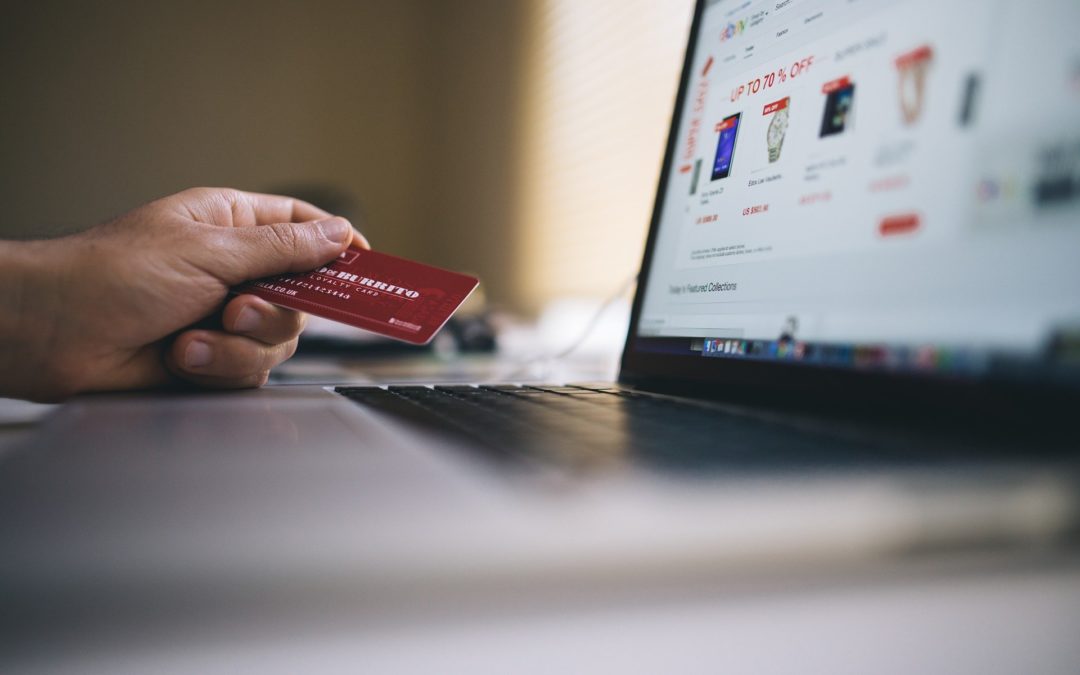

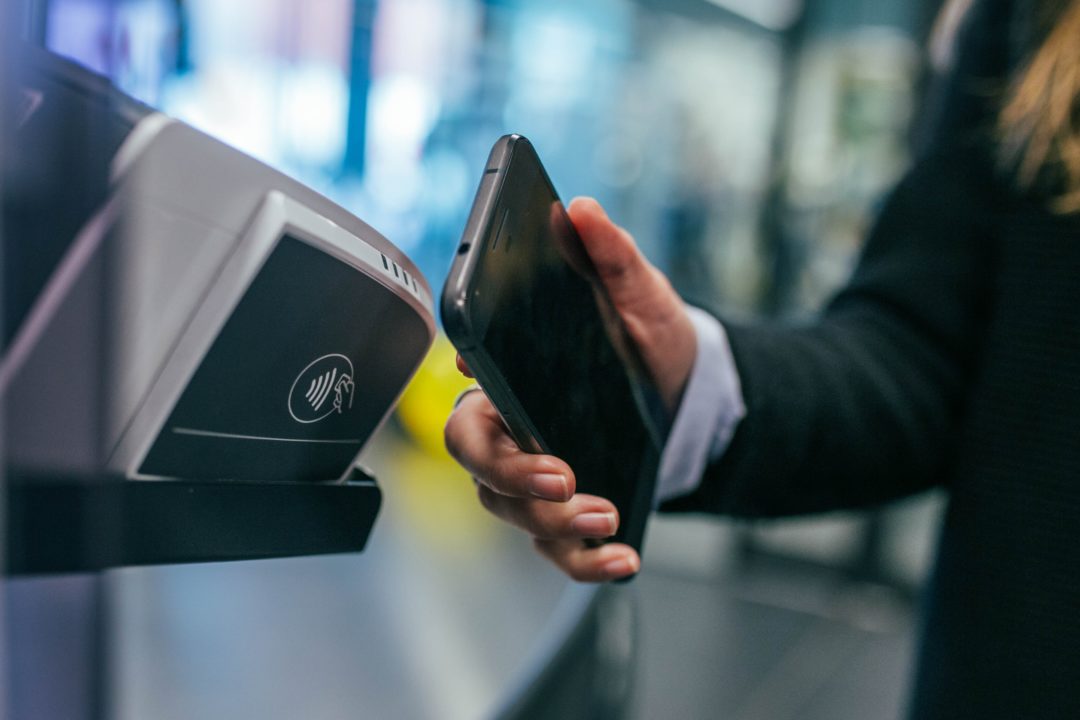


 Whether you are a one-man (or lady) shop or have a full team, when faced with difficult decisions or situations you could either:
Whether you are a one-man (or lady) shop or have a full team, when faced with difficult decisions or situations you could either:
 Further, 96% of those surveyed said they believed their business could make it through at least one month and 92% believed their businesses could survive three months. However, if shutdowns continue and social distancing restrictions do not change within six to twelve months, business owners were less certain of their ability to keep operations running as usual.
Further, 96% of those surveyed said they believed their business could make it through at least one month and 92% believed their businesses could survive three months. However, if shutdowns continue and social distancing restrictions do not change within six to twelve months, business owners were less certain of their ability to keep operations running as usual.